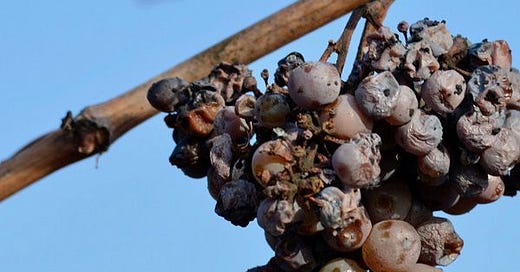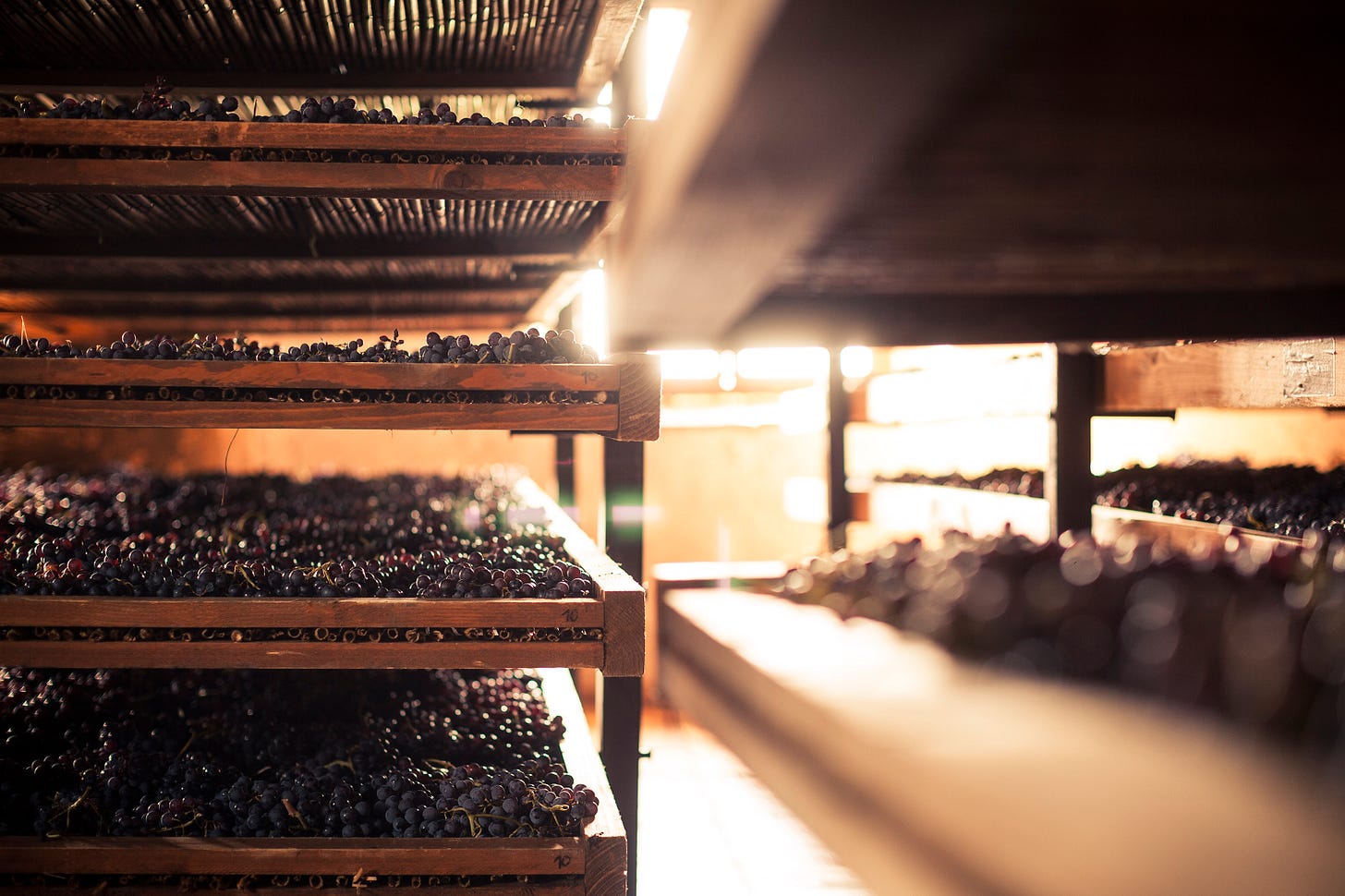Sweet wines have long captured the imagination of wine lovers, yet the methods used to produce these indulgent bottles are as diverse as the resulting styles. Many producers credit techniques like noble rot infection, late-harvest harvesting, or grape drying for concentrating sugars and intensifying flavors, although vintage conditions and careful cellar decisions remain essential to ensuring a successful outcome.
Common Approaches
Noble Rot (Botrytis cinerea) – Under the right conditions of humidity and warmth, Botrytis cinerea grows on grape skins, dehydrating the fruit and increasing sugar concentration. The resulting wines can show complex honey, apricot, and spice notes. However, achieving the ideal “noble” version of rot rather than the destructive “grey” rot requires precision in vineyard management and a willingness to take risks.
Late Harvest – Leaving grapes on the vine longer than usual allows them to achieve higher sugar levels naturally. In regions with a favorable climate, winemakers may wait for dehydration and further flavor development. Some believe this approach preserves distinct varietal expressions, while delivering a richer, more unctuous palate.
Drying Grapes (Passito, Straw Wines) – Grapes can be dried on racks, mats, or left on the vine to concentrate sugars. Often seen in styles such as Vin Santo or Recioto, this method can produce intensely flavored wines with luscious texture. The process requires constant monitoring to avoid spoilage and maintain freshness.
Key Considerations
Balancing Sugar and Acidity – Sweetness without adequate acidity risks producing cloying or flat wines. Many sweet-wine makers emphasize the importance of vibrant acid levels to ensure freshness and overall balance.
Risk and Reward – Late harvest and noble rot both rely on specific weather conditions and meticulously tended vines. Poor rot or insufficient dehydration can lead to uneven fruit quality, underscoring the inherent gamble in crafting sweet wines.
Cellar Management – Fermentation can stall or progress slowly as yeast struggles with high sugar environments. Producers must carefully monitor fermentation kinetics, employing specialized yeast strains and managing temperature or nutrient additions to achieve a harmonious result.
Aroma Compound of the Day
Keep reading with a 7-day free trial
Subscribe to Daily Terroir: Exploring Wine Regions One Day at a Time to keep reading this post and get 7 days of free access to the full post archives.






